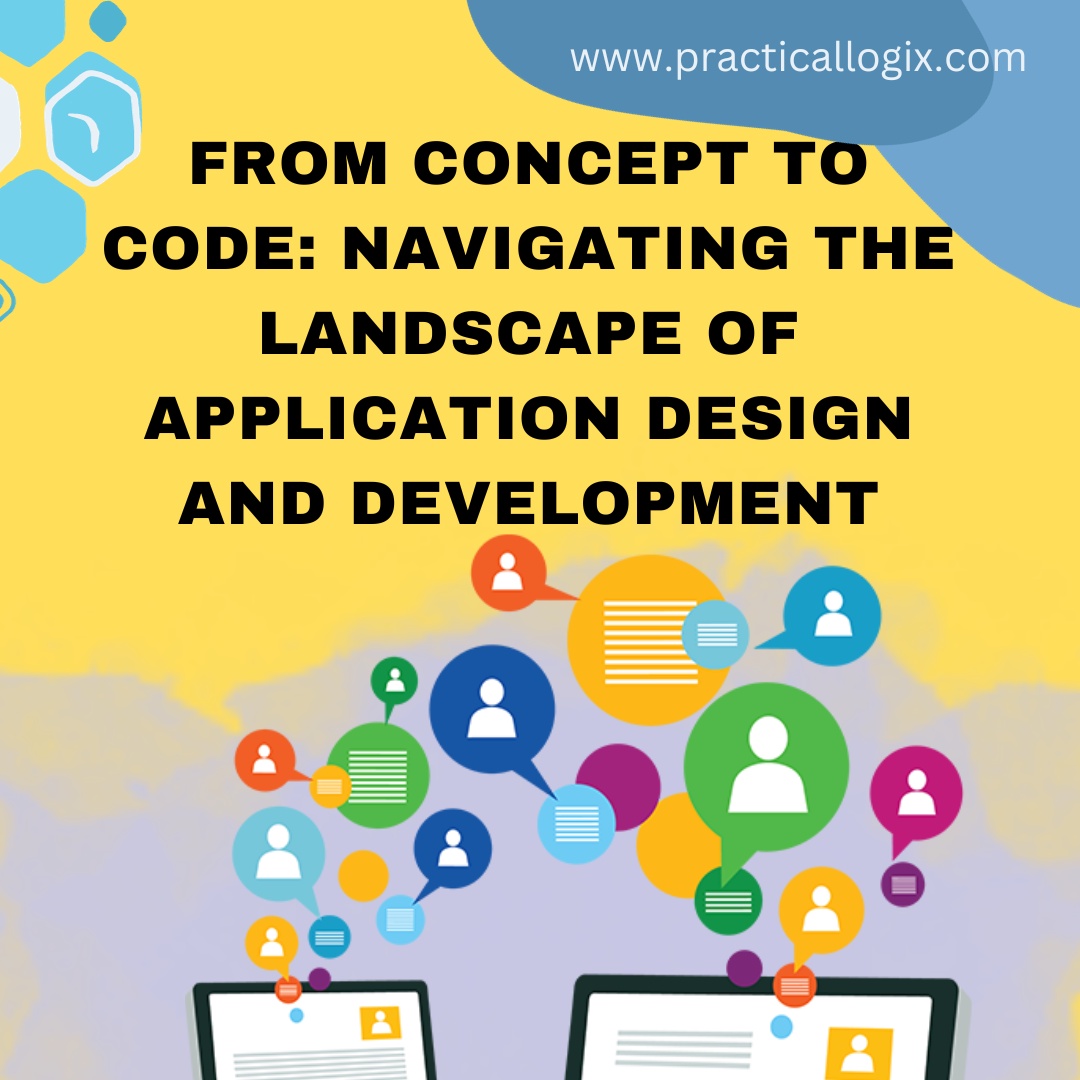In the ever-evolving digital era, the development of applications has become a fundamental aspect for businesses striving to maintain competitiveness and meet the evolving needs of their users. From conceptualization to the intricacies of coding, the journey of application design and development is an intriguing exploration that combines creativity with technical expertise.
Conception and Planning
Every successful application originates as an idea—an innovative solution to a problem, a response to a need, or an innovation that can revolutionize user experiences. The pathway from concept to code commences with meticulous planning.
- Ideation: The initial step involves identifying the purpose of the application. What problem does it solve? Who is the target audience? Answering these questions helps to shape a clear vision for the app.
- Market Research: Understanding the competitive landscape and user preferences is vital. Thorough market research informs decision-making throughout the development process, ensuring that the application meets both user expectations and business objectives.
- Wireframing and Prototyping: Prior to actual design and development, creating wireframes and prototypes provides a visual representation of the app's structure and functionality. This phase allows for early feedback and adjustments before investing in full-scale development.
Designing the User Experience
The design phase is where the visual and interactive aspects of the application come to life. It's about creating an interface that is not only aesthetically pleasing but also intuitive and user-friendly.
- User Interface (UI) Design:
UI design focuses on the visual elements of the application, including layout, colors, and typography. The goal is to create an appealing and consistent look that aligns with the brand and enhances the overall user experience. - User Experience (UX) Design:
UX design is about understanding the user journey. It involves creating wireframes and user flows that ensure a seamless and enjoyable experience for users as they navigate through the application. - Iterative Design Process:
Design is an iterative process that involves continuous refinement based on user feedback and testing. This ensures that the final product is not only visually engaging but also highly functional.
Coding and Development
Once the design is finalized, the development phase commences, during which the application takes shape through lines of code.
- Front-end Development: Front-end development focuses on the visible elements of the application that users interact with. It involves translating the design into code using languages such as HTML, CSS, and JavaScript.
- Back-end Development: Back-end development deals with the server-side logic, databases, and application functionality that users do not directly see. It involves utilizing server-side languages like Python, Ruby, or Node.js.
- Testing and Quality Assurance: Thorough testing is essential to identify and rectify bugs, ensure functionality across various devices, and deliver a seamless user experience. This phase is iterative, with feedback guiding refinements in the code.
Launch and Beyond
The launch of an application signifies the culmination of the design and development process, but it does not mark the end of the journey.
- Deployment: The application is deployed to servers or cloud platforms, ensuring accessibility for users. This entails database setup, server configuration, and performance optimization.
- Post-Launch Support: Providing continuous support and addressing user feedback is vital for the application's success. Regular updates and enhancements keep the app relevant and competitive in the market.
- Analytics and Optimization: Leveraging analytics tools helps track user behavior, measure performance, and gather insights for further optimization. This data-driven approach guarantees that the application consistently meets user expectations.
Conclusion
From the initial spark of an idea to the coding that brings it to life, the journey of application design and development is a dynamic and collaborative process. Navigating this landscape requires a combination of creativity, technical expertise, and a dedication to user-centric design. As businesses strive to establish their presence in the digital realm, comprehending and embracing the intricacies of this journey is paramount to creating applications that resonate with users and endure the test of time.


No comments yet